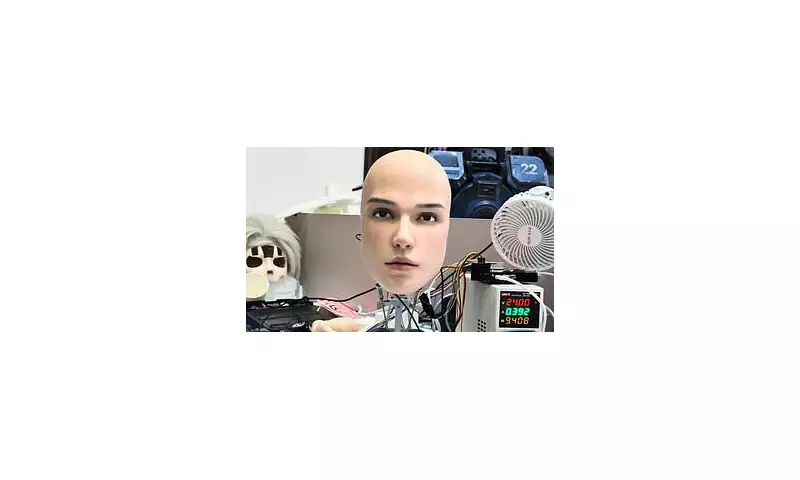
In a development straight out of science fiction, researchers have created a robotic head so lifelike it's challenging our very perception of what separates humans from machines. The astonishing creation features hyper-realistic facial movements and the unnerving ability to maintain natural eye contact.
The Face of Future Technology
Scientists at the University of Cambridge have pushed the boundaries of robotics with their latest creation - a robotic head named 'Charles' that mimics human facial expressions with unprecedented accuracy. Unlike traditional robots with stiff, mechanical movements, Charles displays fluid, natural motions that closely resemble human behaviour.
The breakthrough lies in the sophisticated artificial intelligence driving the robot's responses, enabling it to react to human presence and engage in non-verbal communication that feels remarkably authentic.
Bridging the Uncanny Valley
For decades, roboticists have struggled with the 'uncanny valley' phenomenon - that unsettling feeling humans experience when encountering robots that appear almost, but not quite, human. This new creation appears to have crossed that threshold, with test subjects reporting the robot feels 'surprisingly natural' to interact with.
"What makes Charles different is the subtlety of movement and the quality of eye contact," explained the lead researcher. "We've focused on replicating the tiny, almost imperceptible movements that make human interaction feel genuine."
How the Technology Works
The robotic system employs advanced computer vision to track human facial expressions and respond appropriately. Key technological features include:
- High-resolution cameras that monitor human facial movements in real-time
- Sophisticated AI algorithms that interpret emotional cues
- Precision motors that create fluid, natural-looking facial expressions
- Machine learning systems that improve responses through interaction
Potential Applications and Ethical Considerations
While the technology promises revolutionary applications in healthcare, customer service, and education, it also raises important ethical questions. The researchers acknowledge the need for careful consideration of how such realistic robots should be deployed.
The team emphasises that their goal isn't to replace human interaction, but to create machines that can work alongside humans more effectively in roles where natural communication is essential.
As this technology continues to evolve, it promises to reshape everything from how we receive customer service to how we care for the elderly, fundamentally changing the relationship between humans and machines.





